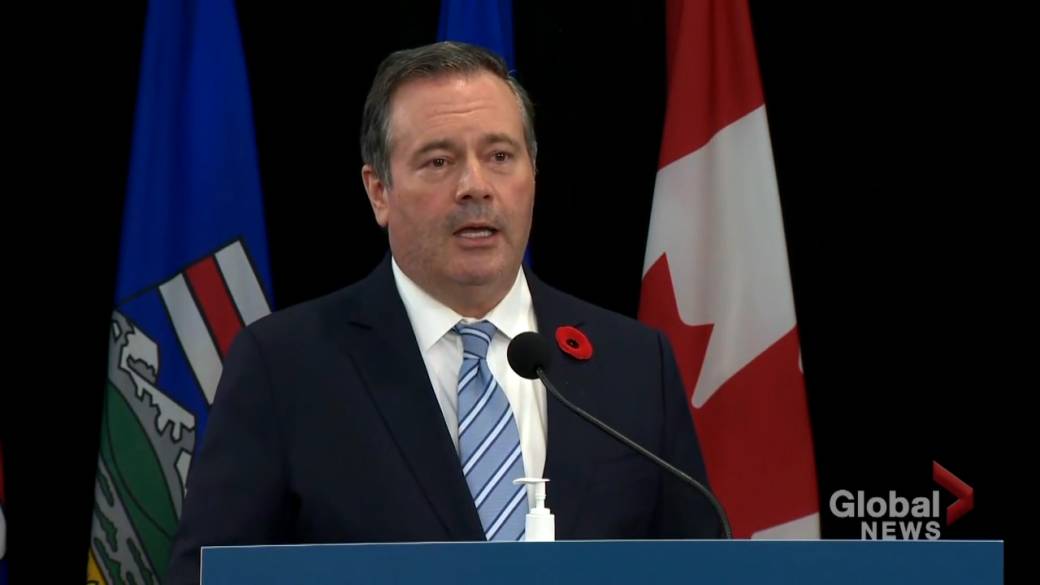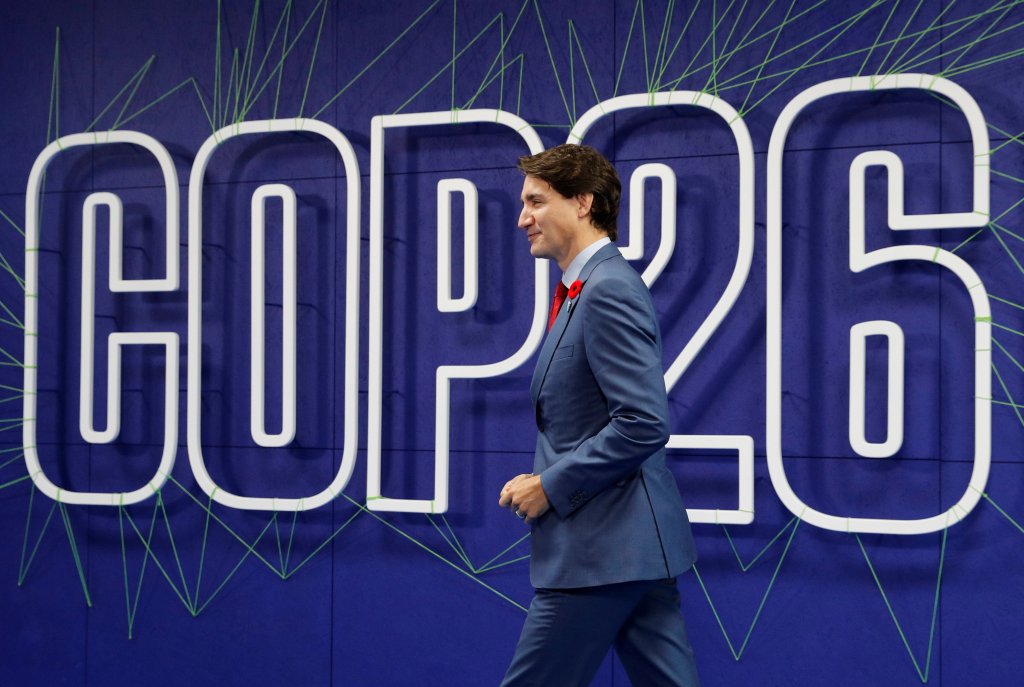For three consecutive years, the Alberta government gave Canada’s most emission-intensive oil sands facilities reductions in payments polluters must make to generate higher emissions than most in the industry, a government document shows.
From 2018 to 2020, Alberta reduced Canadian Natural Resources Ltd (CNRL) costs for its Peace River oil production site to meet provincial emissions requirements. Peace River’s emissions per barrel are triple the oil sands average, which is already high.
CNRL, Canada’s largest oil producer, which posted adjusted earnings of C $ 2.1 billion ($ 1.66 billion) in the third quarter, is one of six companies receiving financial relief under the containment program. Alberta’s Cost of Compliance, which was launched in 2018.
Read more:
Oil Industry Group Says Climate Is Committed To Making Canada An Outlier With Its Competitors
Alberta requires high-emission facilities that pollute more than the industry benchmark to comply, either by purchasing emissions credits or offsets from better performing facilities, or by paying into a government fund at the prevailing rate for carbon emissions. , currently C $ 40 per ton.
However, the province’s cost containment program alleviates the financial pain of facilities whose compliance costs are greater than 3% of their sales or more than 10% of their profits, to avoid “economic hardship.”
The Alberta Department of the Environment provided, at the request of Reuters, a list of companies that benefited from the program. Spokesman Tom McMillan said he would not disclose the amounts of cost relief the companies received, calling them “commercially sensitive.”
Greenfire Oil and Gas Limited and Athabasca Oil Corp, which run Alberta’s second and eighth highest-emission oil sands sites, according to government records, also received cost reductions.

The Alberta government also lowered the cost of CNRL compliance for its Hays gas plant in 2018 and 2019.
CNRL did not respond when asked about the financial value of the carbon cost relief it received.
“As we advance technologies to reduce our carbon footprint at all of our facilities, we will continue to provide local jobs and economic benefits,” CNRL said in a statement.
Countries that produce fossil fuels face the challenge of reducing emissions without damaging their economies. But Alberta’s policies are “particularly egregious” for extending the life of high-emission facilities, said Dale Marshall, national climate manager for Environmental Defense.
Read more:
Canada’s oil demand to fall by 2030, IEA report predicts
Obsolete, high-emission oil facilities continue operating despite government attempts to curb emissions.
Environment Minister Jason Nixon defended Alberta’s efforts.
“It’s a made-for-Alberta system that works with our key industries, not against them.”
Canada is the fourth largest oil producer in the world and the oil and gas sector is also the largest emitter in the country. That makes it a critical challenge for Prime Minister Justin Trudeau, as his goal is to reduce Canada’s national greenhouse gas emissions by 40-45% by 2030 from 2005 levels.
Reductions in carbon cost obligations such as CNRLs occur in two ways. First, the Alberta government may allow such facilities to purchase more carbon credits and offsets to meet their obligations than the 60% limit set for other facilities. This saves companies money, as credits and offsets are often cheaper to acquire than paying the price of carbon.

Second, the government can increase a facility’s allowable emissions per year. CNRL, whose market capitalization of C $ 65 billion is the highest of any Canadian oil and gas producer, received both forms of relief annually from 2018-2020, the document shows.
“There’s always this tension around employment concerns, but in this case, it’s really questionable to me whether eliminating (the cost relief program) would actually lead to job losses,” given the strong cash flows. and free dividends from the sector, said Sara Hastings-Simon, director of the sustainable energy development program at the University of Calgary.
A natural gas plant owned by Keyera Corp, the West Fraser Mills pulp plant and an Enerkem biofuel plant also received assistance. Neither company, other than CNRL, responded to requests for comment. ($ 1 = 1.2652 Canadian dollars)
(Reporting by Rod Nickel in Winnipeg Edited by Matthew Lewis)
Reference-globalnews.ca

